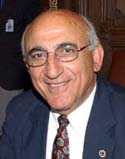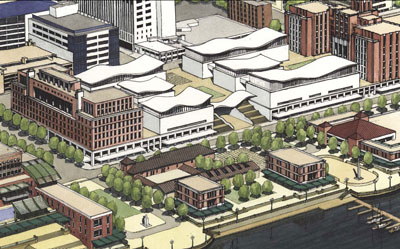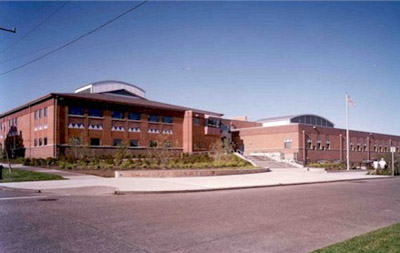 In 1912, Lester Wire invented the first American traffic signal in Salt Lake City, Utah, and driving hasn’t been the same since. In the 1950s, they even invented the interstate highway system just to get away from the cursed devices.
In 1912, Lester Wire invented the first American traffic signal in Salt Lake City, Utah, and driving hasn’t been the same since. In the 1950s, they even invented the interstate highway system just to get away from the cursed devices.
Traffic signals are a large part of why I hate driving. And now that Peoria has them posted just about every 100 feet all over the city, I’m starting to think I could travel faster by bicycle.
Stop. Wait. Wait. Arrow. Wait. Go. Stop. Repeat at every intersection.
Now I know why Chevy came out with the “Sprint” back in the ’80s. No vehicle has been more aptly named for city driving, where sprinting is all you can accomplish between stop lights that are apparently timed to keep traffic travelling an average of 20 mph.
The worst lights of all are the ones that change for no reason. For instance, the light at Knoxville and McDonalds, south of McClure. There may not be anyone there at the light either direction in the middle of the night, but it will change just for the heck of it as a lone car approaches from the north. And there you sit, idling, burning precious fossil fuel while trying to convince yourself it would be wrong to run it, even though there’s no one around to see you.
Stop lights add frustration to an experience that is already maddening because you have to (a) suffer interminable road construction and (b) share the road with other drivers. Ever seen car commercials from the ’50s, where having a fine automobile on the open road meant freedom, relaxation, and exploration? Ha! Maybe when there was only one car per family and all the highways were new that was possible. Today, it’s not uncommon for a family to have more vehicles than licensed drivers, and of course all the nation’s highways are in a state of perpetual disrepair. The 1950s’ dream has become the 2000s’ nightmare.
Driving has lost its allure for me. I would be happy riding the bus to work every day, if I didn’t need my car to run job-related errands all week, and if it didn’t take three times as long as driving.  Occasionally, when my car has been in the shop, I’ve taken the bus to and from work, and despite the extra time it took, I found it very relaxing. I could read the paper, plan out my day, and not once be concerned about traffic lights or other drivers.
Hmmm…Â Read the paper, plan the day, be unconcerned about lights or other drivers — that pretty much sums up what the driver in front of me was doing on my way to work today….
Photo credit: UDOT


 During a presentation about the Public Building Commission at tonight’s City Council meeting, it was revealed that Senator Shadid advised the Governor to approve
During a presentation about the Public Building Commission at tonight’s City Council meeting, it was revealed that Senator Shadid advised the Governor to approve 
 Not long ago there was a lot of optimism regarding
Not long ago there was a lot of optimism regarding  Q: What does the
Q: What does the 
 So, what do we make of Monday’s school board meeting?
So, what do we make of Monday’s school board meeting?